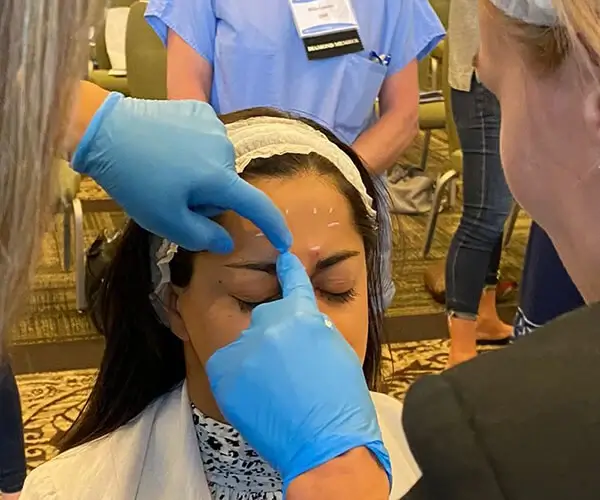What Are the Best States for Estheticians?
By Dr. Stephen Cosentino
PRESIDENT OF EMPIRE MEDICAL TRAINING
If you’re currently training to become an esthetician (or aesthetician) or you’re planning to make the leap in the near future, you’ve probably given some thought to where you’ll work after you get your esthetician certification.
You should consider not only the specific employers (and types of employers) available to you, but which parts of the United States offer the best compensation and career opportunities. While the easiest option might be to stay where you are right now, that might not be the best long-term move for your career and finances.
The Best States for Estheticians, Ranked
Using public salary and cost of living data, plus feedback from real estheticians, we identified the top 10 states for estheticians:
- New Hampshire
- Missouri
- Louisiana
- Connecticut
- Maryland
- Arizona
- Utah
- Washington State
- Tennessee
- Nevada
Average Salary for Estheticians by State
Earning potential is a very important consideration for aspiring estheticians. While esthetician pay doesn’t vary dramatically across state lines, the average salary (or hourly equivalent) is higher in some places.
According to ZipRecruiter, the top-earning states for estheticians include:
- New York: $46,122
- New Hampshire: $42,942
- Arizona: $40,227
- Wyoming: $40,223
- Tennessee: $39,469
- Hawaii: $39,398
- Massachusetts: $39,210
- New Jersey: $39,173
- Nevada: $39,085
- West Virginia: $38,860
Esthetician Pay vs. Local Cost of Living
The list above isn’t identical to the “best overall” list because compensation isn’t the only factor aspiring estheticians need to consider. Cost of living is also an important factor.
Indeed, many of the top 10 states for esthetician pay have relatively high costs for housing, utilities, taxes, and other “nondiscretionary” expenses. New York, New Jersey, and Massachusetts are all among the most expensive states in the country, and New Hampshire isn’t far behind.
Cost of living does vary within states. For example, if you’re willing to live farther from where you work, you can generally reduce your housing costs, though you’ll also add time to your daily commute.
What Can Estheticians Do in Each State?
Estheticians can provide a range of esthetic services in each state, but licensing requirements do vary from place to place.
So do specific restrictions on what estheticians can and can’t do, and what types of formal training they need to complete to comply with state regulations. For example, in some states, estheticians may need to take a special chemical peel course to legally perform chemical peels. They may even need special certification to work with certain skin care products.
In other words, some states make it more difficult (and expensive) to work as a full-fledged esthetician. Make sure you understand the rules where you plan to work.
Other Career Opportunities in Aesthetics & Aesthetic Medicine
If you’re unsure whether an esthetician career is right for you, there are other opportunities in the beauty industry. In many cases, the same beauty schools that certify estheticians also certify students in professions like:
- Nail Technician: This one doesn’t pay as well as esthetician work, but it’s a more focused career with stable demand across geographies.
- Hairdresser: This is another slightly lower-paying profession that you can take virtually anywhere.
- Massage Therapist: Massage therapists earn more than estheticians, on average, but training requirements can be more intense.
And if you’re really ready to increase your earning potential, consider becoming an aesthetic nurse. You’ll need to spend at least two years in a nursing degree program and follow that up with specialized training in injectables like Botox® and dermal fillers. But once you’re done, you can expect to earn twice as much as the average esthetician.


